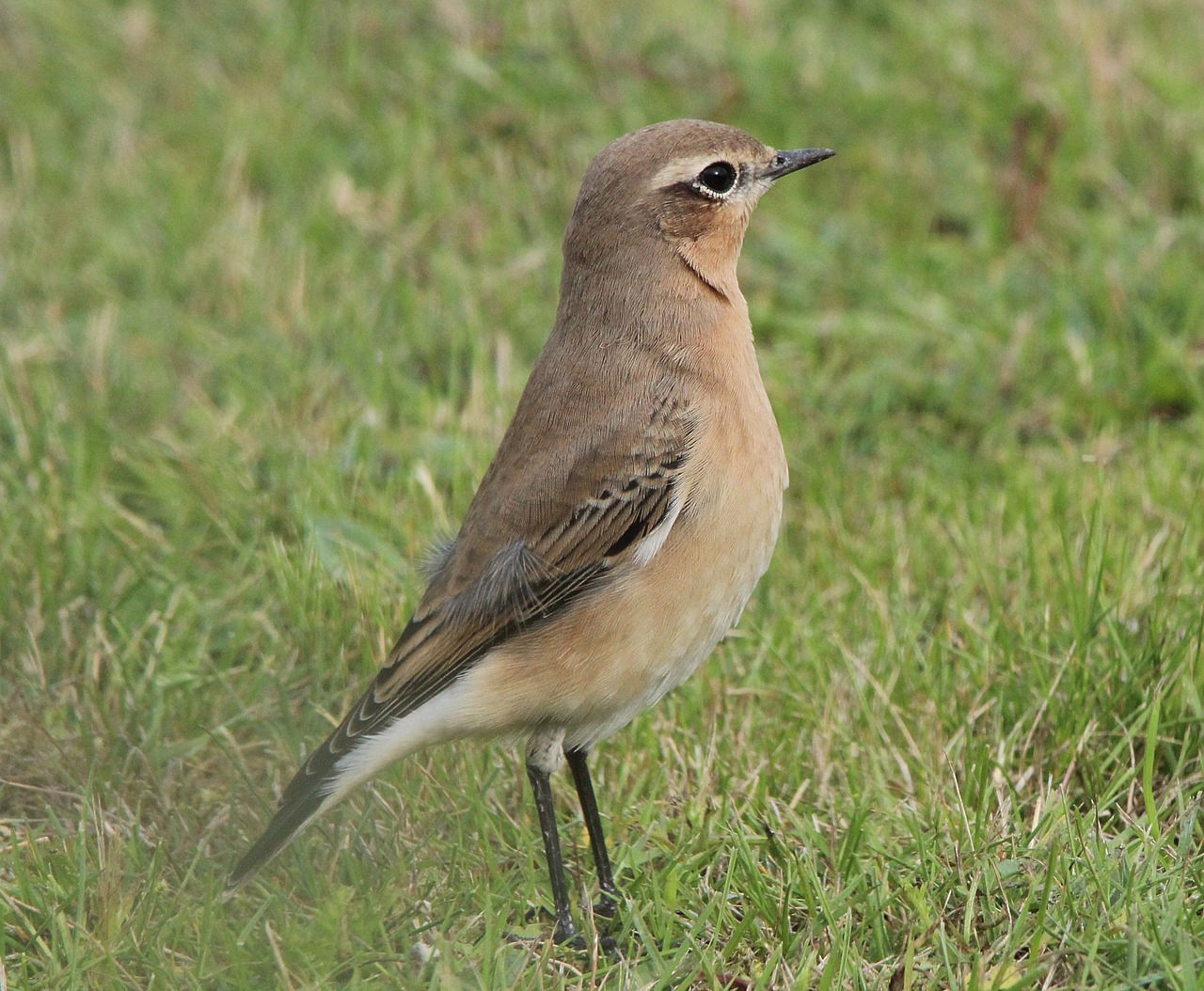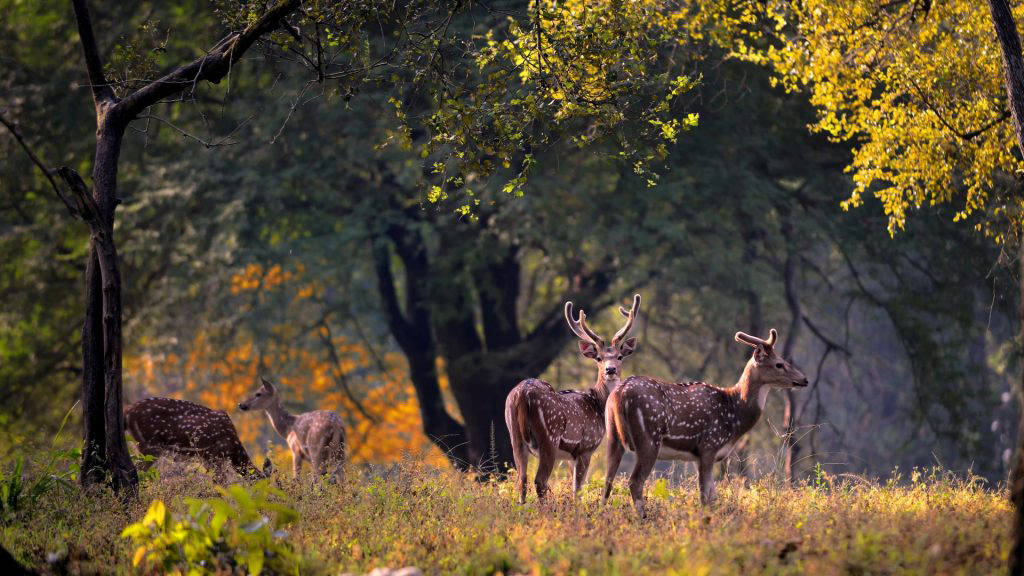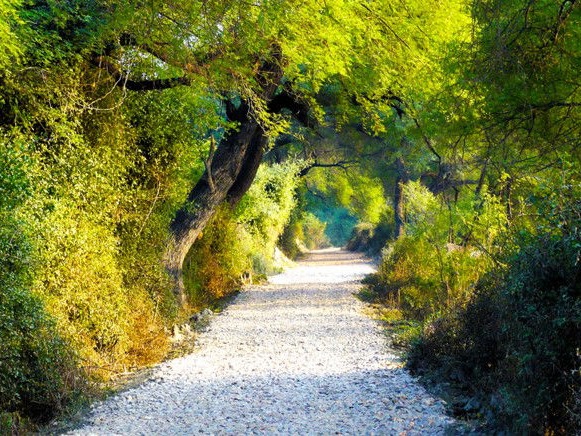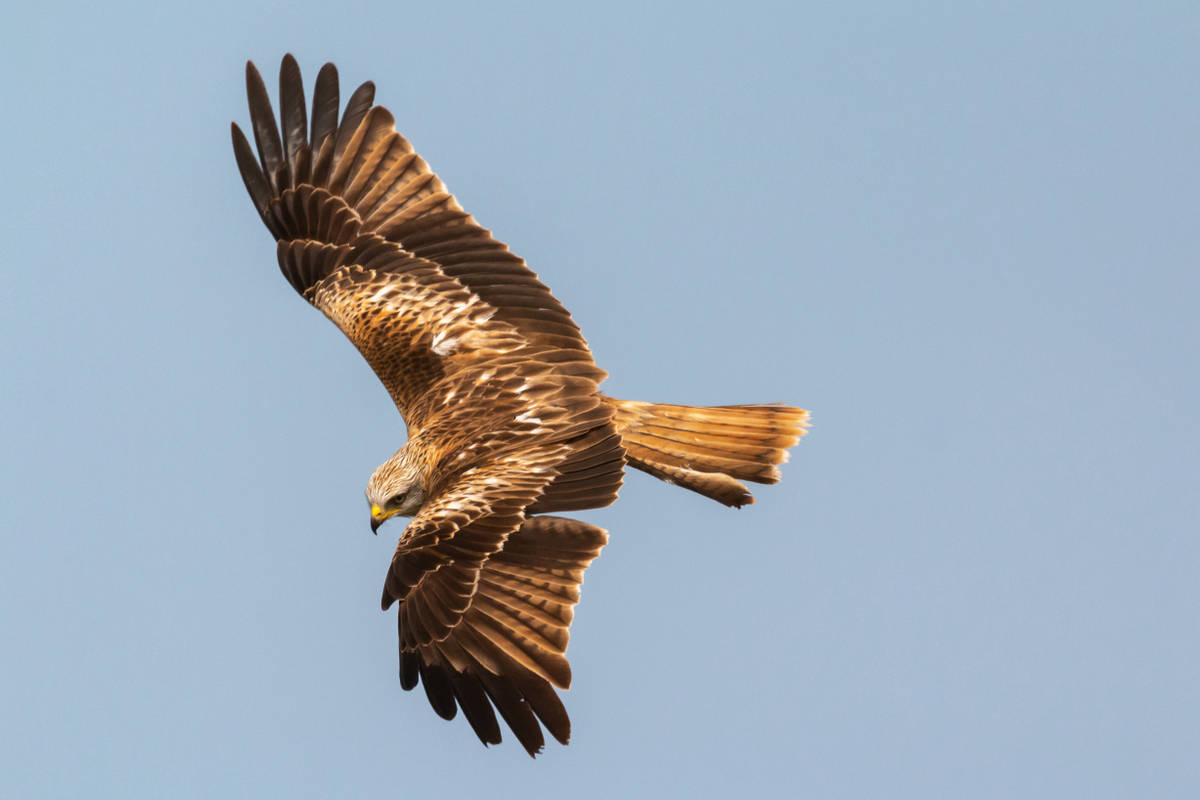
The Variable Wheatear found on the Indian sub-continent is a member of the Old World flycatchers, a large family, the Muscicapidae, of small passerine birds mostly restricted to the Old World (Europe, Africa and Asia). These are mainly small arboreal insectivores, many of which, as the name implies, take their prey on the wing.
The Variable Wheatear is a bird of arid and semi-arid region, and is locally abundant in barren rocky areas, sand dunes with scrub vegetation, cultivation, ravines, outside villages and nomadic encampments making it an easy sighting on walks with expert guides from the Bagh Kanha and the Bagh Bharatpur. They can be commonly sighted during the winters in northwestern India southeast to Delhi, central Madhya Pradesh and northern Maharashtra (Khandesh). The bird hides located strategically at the Bagh Kanha sees a lot of activity by the Variable Wheatears.
If you are wondering why they are called the Variable Wheatears, the etymology of the first part at least is easily explained. They are called Variable since they are polymorphic and have three distinct morphs.
1. Black-bellied phase ('opistholeuca'). Male (adult). Entirely jet black except for rump, under tail-coverts, base and sides of the tail which are white; central rectrices and a terminal band of tail black. Female has black parts replaced by sooty black.
2. White-bellied phase ('picata') Male (adult). Like the preceding but belly white. Female similar to male but black parts replaced by greyish brown; the belly is more buffish.
3. White-crowned phase ('capistrata'). Male (adult). Like picata, with white belly and black throat, but the crown and nape white. Female similar to male but black parts and crown earthy brown; the belly is more buffish.
Wheatear has a more interesting and colourful etymology as it is a folksy contraction of ‘white’ and ‘arse’ referring to the white rump of the bird and has nothing to do with wheat or ears.
Recently, there have been reports of a first sighting of the Finsch’s Wheatear found close to Sudasri Desert National Park. Our guides and experts are always at the bide hird at the Bagh Bharatpur and the Bagh Kanha recording and documenting each sighting for the benefit of the scientific community studying the migratory and population patterns of these brilliant avifauna.


India, with an aim of preserving its fauna and flora, has built several national parks and animal reserves across its latitudes and longitudes. Out of them, Kanha National Reserve, in Madhya Pradesh, is one of the largest. Spread over an area of 940 sq km...

Bharatpur is home to the wonderful Unesco-listed Keoladeo National Park, a wetland and one of the best bird sanctuaries in the country. Although Bharatpur is known for it park, it also has a few historic remnants and a good museum that are worth visiting.

Hawks are a rather large group of birds of prey that are diurnal. They belong to the family Accipitridae and are widely distributed geographically and vary in size. The Indian Hawk is a small size predator found in forests and dry areas.